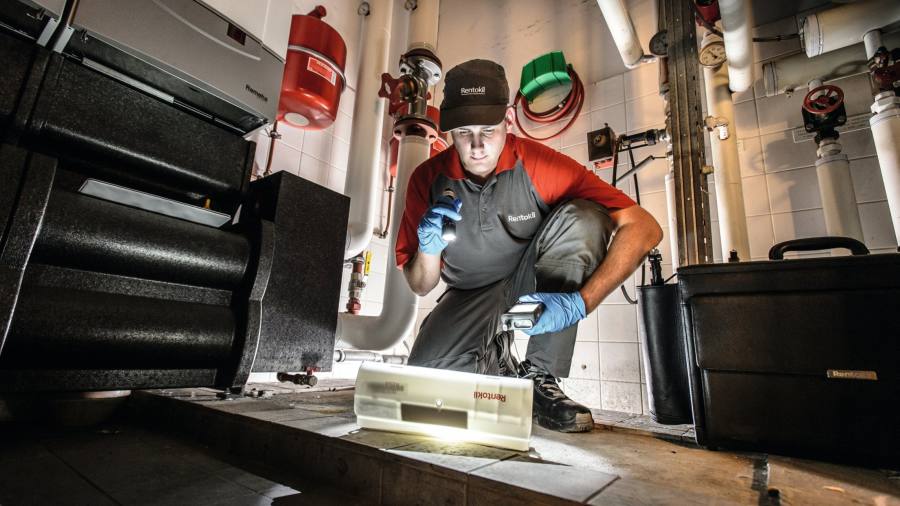
Rentokil has lifted its revenue forecasts and expects to squeeze more cost savings from the acquisition of US rival Terminix, sending shares in the world’s largest pest control group up more than 10 per cent.
The UK company bought Terminix in late 2021 in a $5.4bn deal to push further into the US, the world’s largest pest control market. Rentokil now expects to generate $200mn in annual cost savings by 2025 from the Terminix deal, up from $150mn.
The $22bn pest control industry has continued to grow despite the pandemic and more recent economic slowdown, with the expansion of middle classes, increased concerns over viruses and diseases brought about by Covid-19, and climate change driving the sector.
Rentokil said on Thursday that it was lifting its medium-term forecast for organic revenue growth to at least 5 per cent from a previous range of 4-5 per cent.
Paul Sullivan, analyst at Barclays, commented on the extra cost savings from Terminix that “though the quantum is not a surprise . . . the timing is earlier than expected and suggests integration is off to a very strong start”.
Shares in Rentokil were up 11 per cent in afternoon trading, giving the company a market value of $17bn.
Stephen Rawlinson, analyst at Applied Value, said there was “limited detail around how that [the cost savings] will be achieved, though the company mentions reducing the branch network to below 400 depots” from the immediate post acquisition number of over 600.
The bullish forecasts came as Rentokil reported a 25.6 per cent increase in revenues last year to £3.71bn. Adjusted pre-tax profits climbed 28 per cent to £532mn.
Chief executive Andy Ransom said that the group’s organic revenue growth of 6.6 per cent last year, which excludes the effect of acquisitions, demonstrates “the resilience of our business model”.
The Rentokil boss pointed to rising costs in the business, saying that “overall I would say the inflationary price environment in most of our markets does feel like it is abating”.
Wages are “the biggest part of our cost base”, he said. “We’ve got a number of months yet in which to monitor the markets, see what other companies are doing . . . and then we’ll decide where we put our colleague wage rate inflation,” he added.